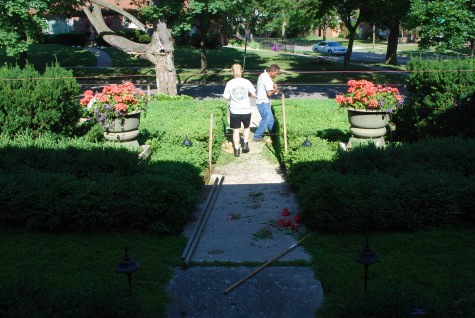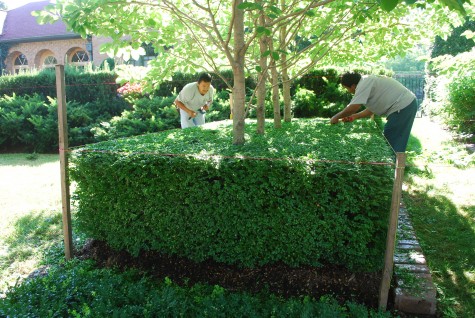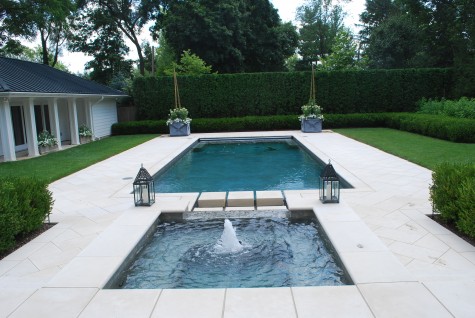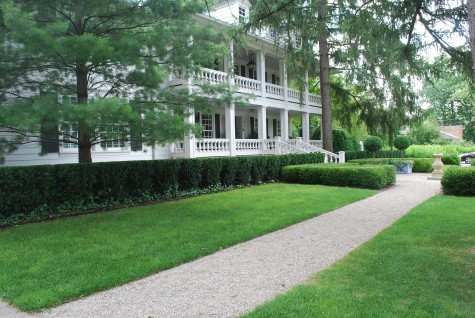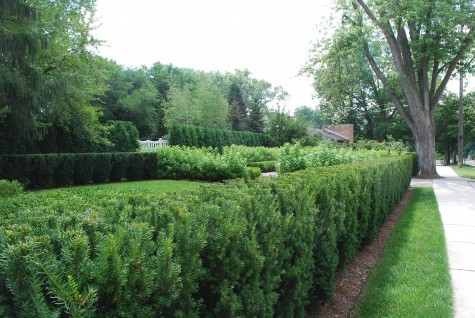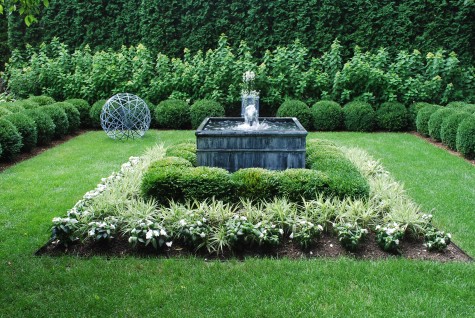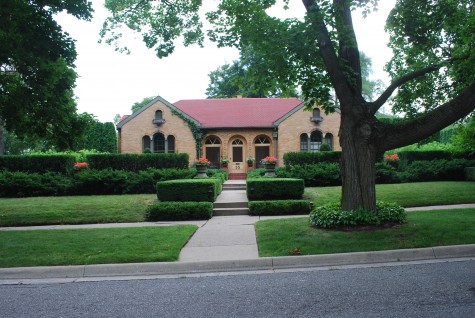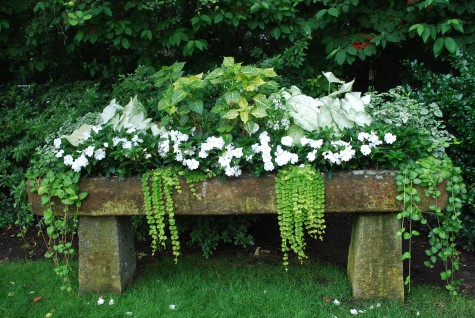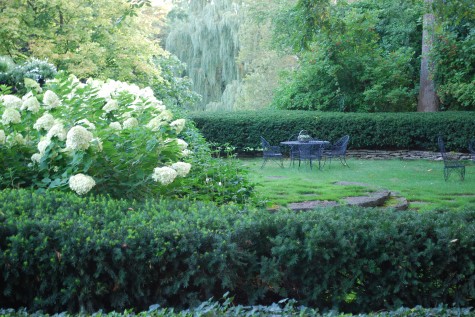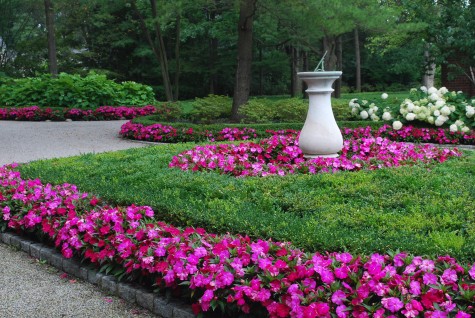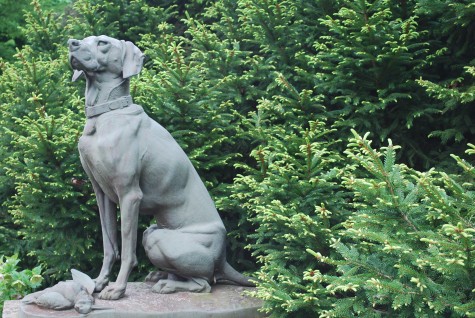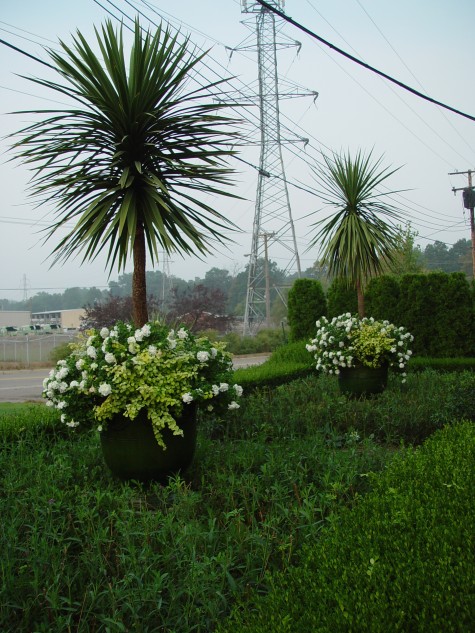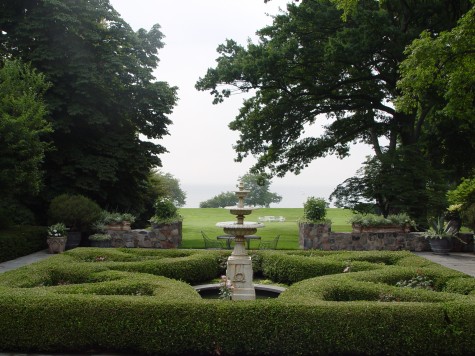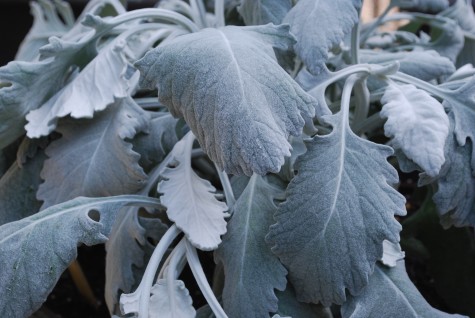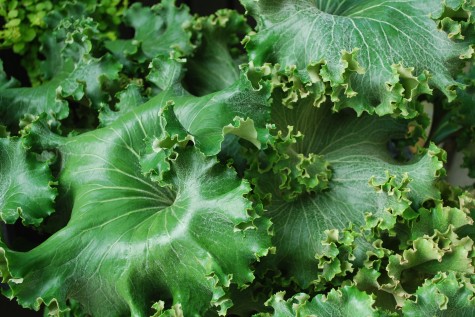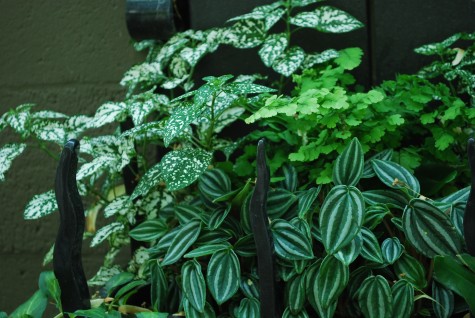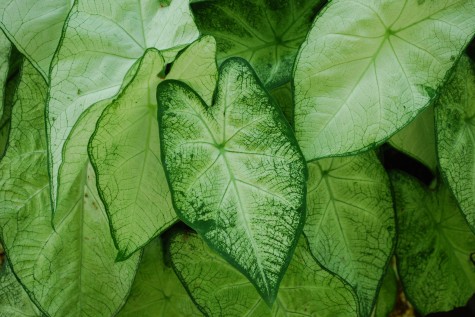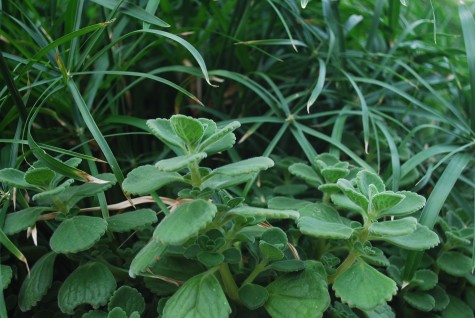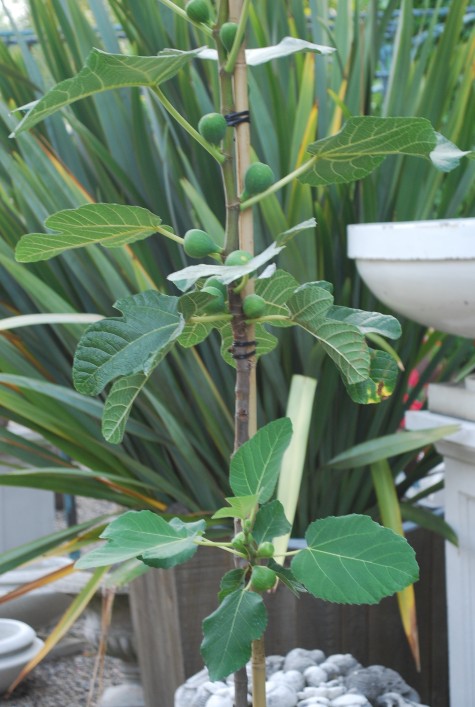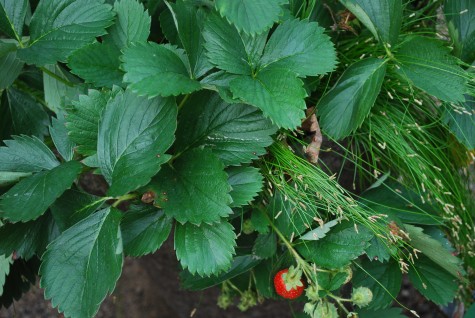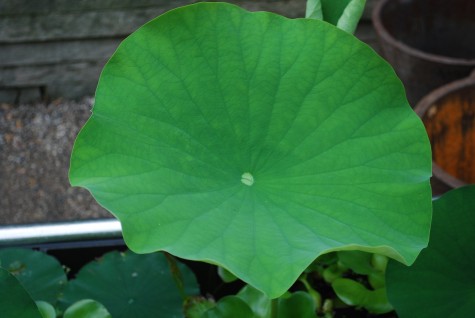This coming Sunday is the date of the third garden tour my companies have sponsored to benefit the Greening of Detroit. Should you not be familiar with this organization, I can provide my overview. The have been planting trees by the thousands in the city of Detroit for the past twenty years. They sponsor some 700 urban farms. They teach. They teach people how to grow food. They help people to understand the importance of a healthy environment. They have an uncanny ability to translate an idea into a working organization. They impress me. They work incredibly hard to make a dent in support of what an industrial city neglects. Trees-the planet needs lots of them. The residents of our city-they are getting what they need to live, expand, and eat from the Greening. The Greening of Detroit-look them up.
The noted architect Michael Willoughby persuaded me to take a place on the Greening board. I have little to contribute as a board member, but I told him I would do what I could to raise money for their programs. They are an organization that makes a giant difference to my greater community. I am incredibly impressed with what they do. The 20,000 trees they have planted in our greater metropolitan landscape over the past 20 years-worthy of your attention. My response-a garden tour.
The tour involves gardens of my design, or my influence. The tour ends at my shop-Detroit Garden Works. We serve finger friendly dinner, and Rob’s gin and tonics. Christine oversees the wine bar. I feel I should support the work of the Greening of Detroit-so I do. Every dollar of every ticket sale goes to them. I donate the rest, as well I should. We are open Sunday morning, the day of the tour, at 8:30 am. We are ready for you.
I so believe that a healthy planet, a beautiful landscape, a thriving relationship between people and plants is important. I have devoted a life and a career to this-why would I not support the Greening? Please support the work of the Greening of Detroit. This coming Sunday-please join us. If you are able, please donate, and tour. Our afterglow is a blast-try it. A giant group of people who love gardens and landscape in one place for an evening in July-what could be better? Please join us.
For all of you gardeners that signed up to put your landscape on this tour-many thanks. I know every one of them favors a green Detroit. In the interest of a green Detroit, take the tour. Thanks, Deborah
